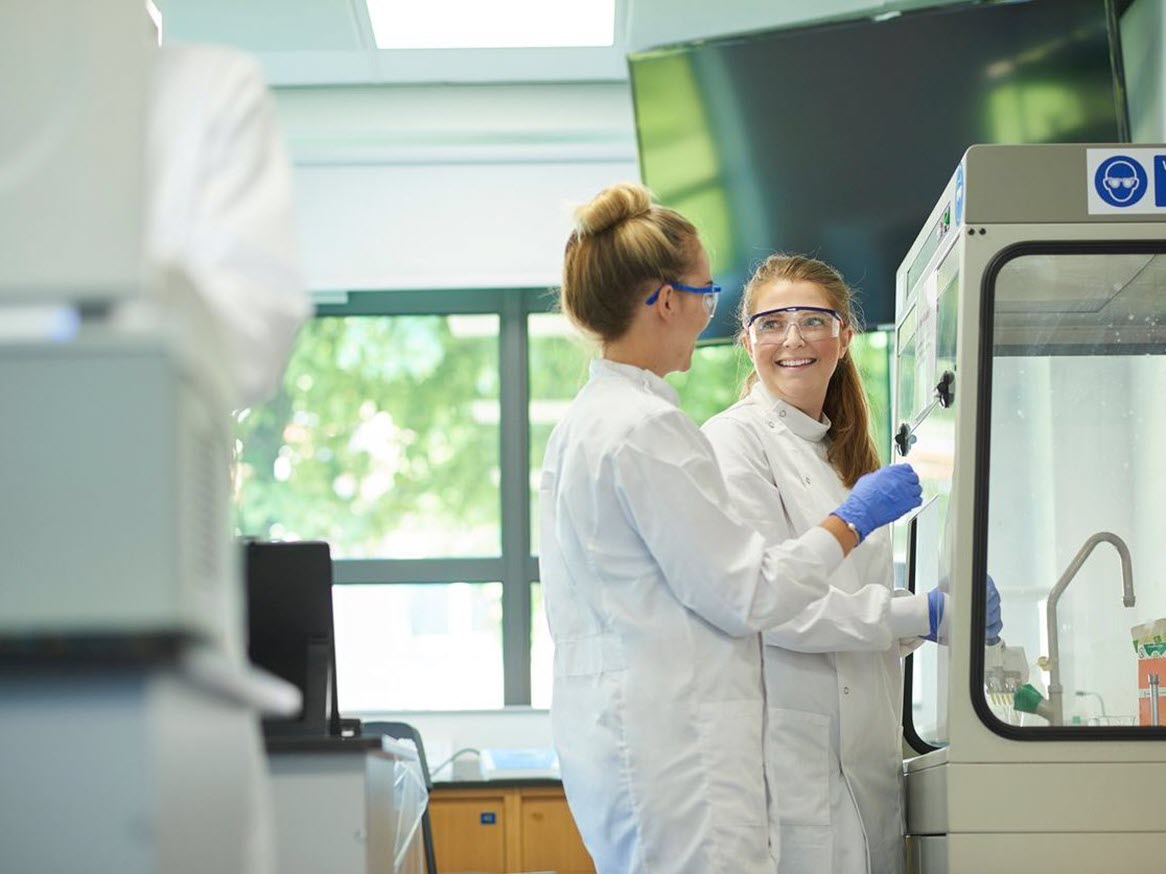Data-Driven Sustainability and Safety: Johns Hopkins Leverages Clockworks Dashboards in Global Energy Challenge
October 15, 2024

In the busy chemistry laboratories of Johns Hopkins University, a partnership between energy efficiency initiatives and student safety was taking place this summer. The university’s Office of Sustainability and the school’s Chemistry Student Safety Committee collaborated on an innovative program. Designed around the ‘Shut the Sash’ competition criteria, the program not only saved energy but also reinforced critical chemistry lab safety protocols.
Program Leadership and Strategic Implementation
Ryan Weeks, Senior Sustainability Specialist for Green Labs, Zero Waste at Johns Hopkins University, spearheaded the initiative. “We saw this as a great way to engage our chemistry department, which we hadn’t worked with as much before,” Weeks explained. The competition focused on a simple yet impactful action: encouraging chemistry students to close their fume hood sashes when not in use.
Fume hoods, essential for safety in chemistry labs, can be significant energy consumers when left open. Bena Zeng, Energy Engineer at Johns Hopkins University, elaborated on the importance of this initiative: “Fume hoods are the large driving factor for how much makeup air and ventilation goes into the space. When fume hoods are left open, they’re going to be drawing in more air, which impacts the heating and cooling load of our HVAC system.”
Fault Detection and Diagnostic (FDD) Solution Enables Real-Time Monitoring
The competition, part of a larger international initiative, ran for four weeks and utilized advanced monitoring technology provided by Clockworks Analytics. Rachel Kennedy, PE, CCNA, and Jerry Gallegos, PE, CEM, from Clockworks worked closely with the Johns Hopkins team to develop a user-friendly dashboard that displayed real-time data on fume hood usage.
“The heat map idea came from our first meeting with Rachel and Jerry,” Weeks recalled. “Having Rachel build out the heat map and work through everything for us was crucial for the success of the competition.” The dashboard allowed participants to visualize their performances, spurring friendly competition and heightened awareness.
The results were impressive. “We originally planned to offer awards for the best-performing lab,” Weeks said, “but going into the third and fourth week, it became apparent that we’d have to shift that idea because everyone was doing really well.” Some labs achieved 100% compliance for multiple weeks, while others showed dramatic improvements, with one lab jumping from 40-50% compliance to 100%.
Student Safety Committee’s Role in Program Success
The competition’s success extended beyond mere numbers. It fostered a culture of awareness and responsibility among students. The Chemistry Student Safety Committee played a crucial role in designing and promoting the program, ensuring buy-in from their peers.
As the chair and co-chair of the Chemistry Student and Safety Committee, Jacob Wade and Savannah Phillips focus on protecting their fellow students from potential lab hazards. For Jacob and Savannah, participating in the “Shut the Sash” competition represented an opportunity to reinforce critical safety protocols.
As Jacob explained, “When the hoods are working more effectively, they are protecting us better. But also, when the hoods are down, that prevents things from backing up, or if something does happen in the hood, it won’t leave the hood.”
Future Plans and Program Refinement
Looking ahead, the team plans to refine their approach for next year’s competition. They’re considering expanding the parameters to provide more nuanced feedback and working on quantifying energy savings more precisely.
Bena Zeng dreams big about the project’s long-term impact: “If I get to daydream about how this project influences others around the campus, it’s understanding how the fume hood is keeping students safe, or spotting opportunities for making our existing equipment more efficient.”
The granular data collected at the sash level opens doors for more comprehensive investigations. These could reveal faulty sensors or verify whether the equipment is correctly modulating air flow and makeup air. With this kind of data, there’s the potential to inform future capital investments in more energy efficient lab equipment.
A Model for Sustainable Laboratory Practices
The “Shut the Sash” competition at Johns Hopkins University stands as a testament to the power of collaboration between sustainability offices, student safety committees, academic departments, and technology providers. By aligning safety protocols with energy efficiency goals, they’ve created a win-win situation that promises to have lasting impacts on both the university’s carbon footprint and its culture of laboratory safety.
As universities worldwide grapple with the dual challenges of reducing energy consumption and maintaining cutting-edge research facilities, Johns Hopkins’ innovative approach offers a replicable model of success. It demonstrates that with the right mix of technology, engagement, and creativity, significant strides in sustainability can be achieved without compromising on safety or research quality.
Back to blog
